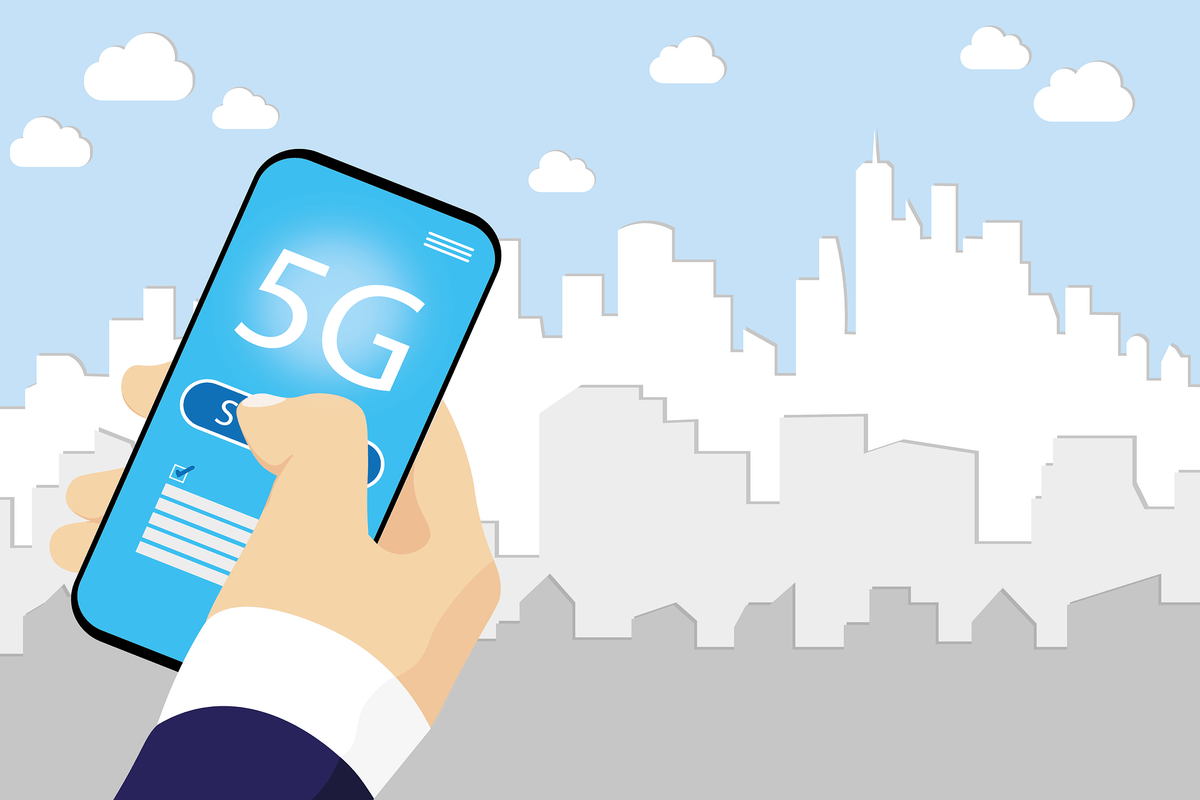One of the questions that a lot of people have in their mind today is how much more will they have to pay for data once the private telecom operators are done with multiple tariff hikes. In late 2021, Airtel was the first to announce that it would be going with tariff hikes. Vodafone Idea followed it with a similar announcement but implemented tariff hikes a day earlier than Airtel. A few days later, even Jio hiked tariffs of prepaid plans. Airtel is eyeing an average revenue per user (ARPU) figure of Rs 300 from its India mobile business. But the telco won’t be able to do it with a single tariff hike and won’t even wait for too long to reach there. This means that in the span of the next two to three years, the prepaid tariffs from Airtel are going to go up by at least 50% to 70% (rough estimation) if multiple tariff hikes are factored in. Naturally, Vodafone Idea is going to do the same, followed by Reliance Jio. So, this begs the question, are we going back to the pre-Jio era where Indians used to pay a very steep amount for a single gigabyte of 4G data? 5G is going to arrive in the country very soon. It will be interesting to see how it affects the amount of data normal users consume. Because with 4G, the more expensive it gets, the lesser people are going to consume it.
Airtel Users Consumed Lesser Data in December Quarter than September Quarter
The more data gets expensive, the lesser will be the consumption. Low-income group users watching YouTube on their smartphones today will be worried about having to pay more for data in the future. This is inevitable as the telcos need money to survive, and the best way for them to get more money is to hike tariffs. At least for Vodafone Idea, it is a question about survival. The telco needs its ARPU to go up by 1.9x to self-sustain in the future. The question about how it’s going to affect the future of 5G is uncertain. Most likely, 5G is going to be focused as a network service for enterprises and businesses. But for 4G, tariff hikes are going to come and just how fast the data consumption goes down is something that remains to be seen.
